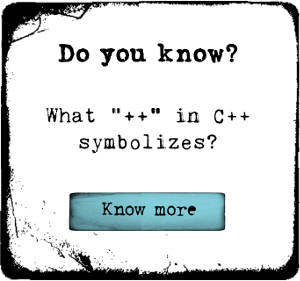Introduction to Node.js

Pluralsight
Course Summary
In this course we provide an overview of Node.js, including writing asynchronous code with callbacks and streams, and modularizing your application with NPM and require(). We also look at built-in API's for building and scaling web applications as well as a few key third party modules.
-
+
Course Description
In this course we begin with Node's background, concepts and strategies for writing asynchronous code. We then examine Node's module system, including built-in modules, application modularization as well as the NPM third party module registry. From there we tackle EventEmitters and Streams, as well as utilities for interacting with the local file system. Next we look at using Node to write both client and server web applications, as well as real time integration with Socket.IO. We cover writing unit tests using both the built-in assert module and third party frameworks. We wrap up with a look at launching child processes in Node and writing scalable applications with the "cluster" module.
-
+
Course Syllabus
Getting Started with Node.js- 36m 14s
—Introduction 0m 38s
—Node.js Background 1m 51s
—Getting Node.js 1m 31s
—Demo: Installing Node on Linux with NVM 6m 55s
—Demo: Developing for Node with Cloud9 IDE 7m 41s
—Node's Event Loop 2m 51s
—Node Conventions for Writing Asychronous Code 4m 45s
—Demo: Writing Asychronous Code in Node.js 8m 18s
—The "Christmas Tree" Problem, Conclusion 1m 44sModules, require() and NPM- 17m 43s
—Introduction, Accessing Built-in Modules 2m 42s
—Demo: Accessing Built-in Modules 1m 42s
—Using require() to Modularize Your Application 2m 22s
—Demo: Accessing Application Files with require() 3m 0s
—Finding 3rd Party Modules via NPM 2m 17s
—Demo: Installing and Using 3rd Party Modules 3m 7s
—Publishing Your Own Module, Conclusion 2m 33sEvents and Streams- 26m 35sAccessing the Local System- 17m 20sInteracting with the Web- 21m 40sTesting and Debugging- 27m 38sScaling Your Node Application- 20m 57s





